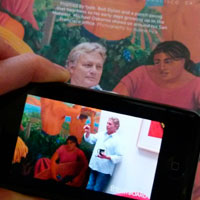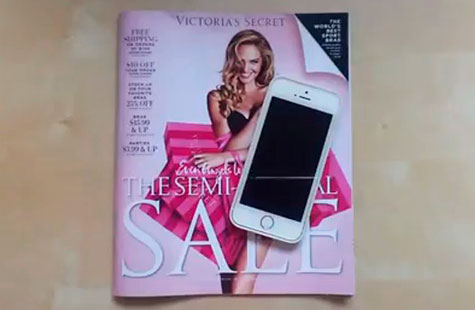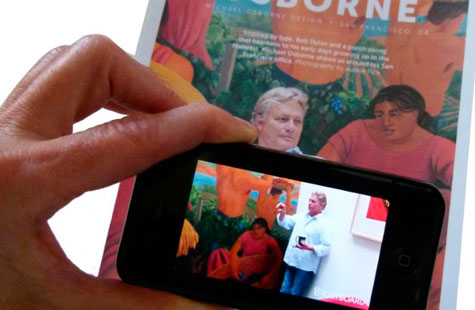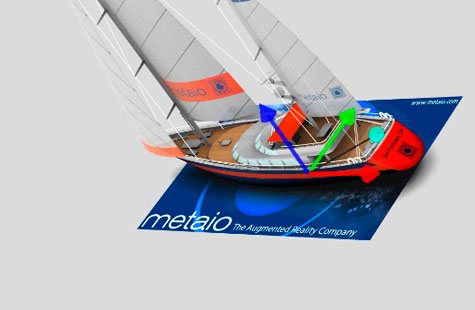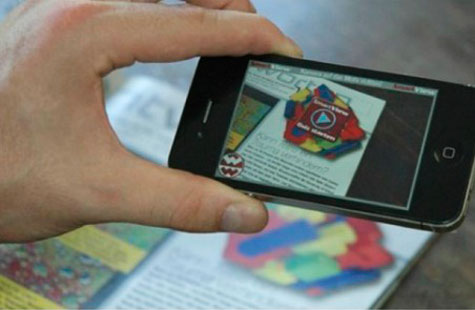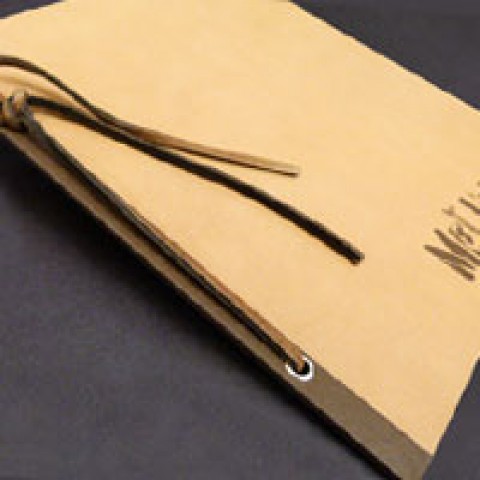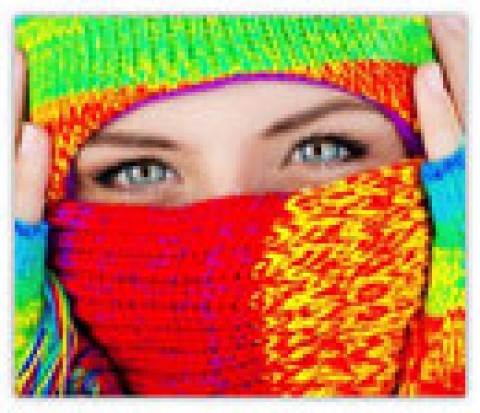Our recent free webinar, Augmented Reality Made Easy, was a revelation to many who had never really understood before just how much potential AR held for enhancing their already impressive designs. Even after a thorough and engaging presentation by Metaio’s Amanda Le, many of you still had questions, which she was more than happy to answer below. (To catch the instant replay of that webinar, click here.)
….
The biggest problem with this technology is that there isn’t just one app; you have to download a new app every time. Do you think they will ever have one app that works across the board?
There are several apps that read multiple channels like Metaio’s Junaio does. However, brands do not want to be lumped in – possibly with competitors – so they want to make their own apps. However, Junaio, Layar and Wikitude, the top AR browsers, are working together towards interoperability, and at least for now you can view GPS-based AR with all of these browsers.
Could anyone create an AR add-on to someone else’s image (e.g., create an AR add-on to the Victoria’s Secret catalog)?
Theoretically yes. We’ve had artists and companies do guerilla-marketing type campaigns with augmented reality. However, outside of the branded app (in this case the Victoria’s Secret app), customers would need to know how to access that specific content. In Junaio, you could take over a Victoria’s Secret catalog, but you would need to let users know which channel.
The AR reality is great when you have a reliable WiFi or 4G data source for your phone and tablet. However, for someone like me who finds it difficult to make purchases using the phone and tablets, are there any easy transitions from using AR on these mini-devices to continuing the “experience” on a laptop/desktop computer?
AR is great on mobile devices, but you can also make desktop-based AR experiences with our software. With the exception of the Victoria’s Secret app, the applications that I demonstrated in the webinar are not specifically e-commerce applications. Most apps give additional content and information; in the case of IKEA, the app is meant to draw people into stores to learn more rather than buy in the app.
Remember that AR is a visual tool to get to your end results. If your end goal is to get users to a store or a desktop application, using captivating content to draw them in to continue their experience is vital. Content is key; AR is the tool to deliver that content.
Does this technology work well on OOH [out-of-home] units (transit, billboards, etc.)?
Yes, as long as the image is visible in good light and has enough contrast. However, we would probably avoid highway billboards to prevent accidents caused by people trying to scan while driving.
Can you have a large printed area on a wall become the image that you can scan from a distance? If so, what are the limitations?
Yes you can. The only limitation is how well the image tracks. Keep in mind that the device camera needs to be able to distinguish the image from another. If you have a large print on the wall, the limitations come from the distance. From how far away (and how close) can you still see the image that you loaded in?
How well does this work on newsprint?
Great! We have several clients around the world doing this. You can’t really distinguish between text, but you can with most images in newsprint.
To publish a video link or audio file to your created AR – how do you handle copyright? For example, I’m an art director with a print magazine. Can I link a feature to a Cold Play song for my 80,000 readers?
You will have to obtain permission before using such content.
To keep up-to-date on Metaio’s augmented-reality research, stalk them on your platform of choice:
…..


